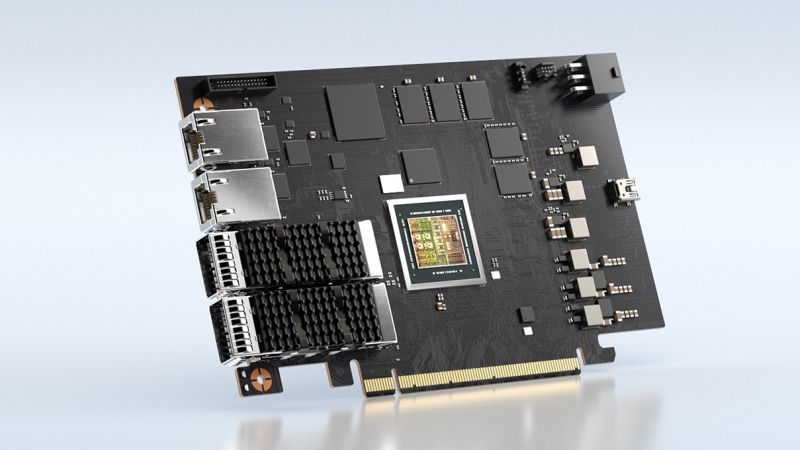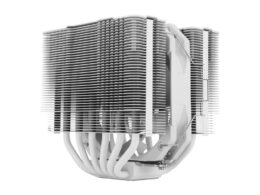The economies of South Korea relies heavily on semiconductor exports and as such, were hard hit by the overproduction crisis spurred by the pandemic. However, an accelerated decrease in finished product stockpiles – incurring the fastest rate since 2014 – can be seen as an indication that the situation is improving.
More specifically, warehouse stocks fell by 33.7%, according to Bloomberg citing official South Korean statistics. These stocks have been on a decline for the fourth consecutive month, accompanied by an increase in export revenue. As expected, export earnings rose by 13.8% in April. Interestingly, industrial production volumes only increased by 22.3%, compared to 30.2% in March. There was a growth of 13.8% in April compared to a 16.4% increase in March for shipment volumes.
Increased demand for HBM memory chips supplied by local companies for Nvidia and AMD, who use them to equip their computation accelerators at the heart of rapidly developing AI systems, can potentially contribute to the revival of the South Korean semiconductor sector.
The current market situation echoes 2016, according to the South Korean Central Bank, when demand was revived due to cloud providers needing chips. Hence, demand for popular types of memory is expected to remain high until at least mid-next year, according to South Korean regulators. Double-digit semiconductor export growth in monetary terms in the first quarter contributed to a 1.3% GDP growth for South Korea. The country’s Central Bank has improved its forecast for key financial indicators this year, although it maintains a high refinancing rate to combat inflation pressure. The inflation forecast for the current year has not been revised by the South Korean regulators. Product supply volumes by Korean enterprises are expected to have grown by 15.4% by the end of May.





